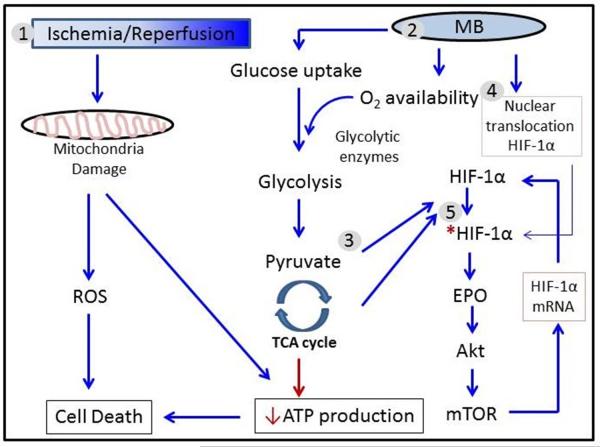Figure 6. Proposed mechanism of MB-induced neuronal protection against ischemia and reperfusion injury.
1) Ischemia and/or reperfusion damages cells and tissues by increased ROS and energy depletion which mediated by mitochondrial damage. 2) MB preserves mitochondria function, and increases intracellular O2 concentration and glucose uptake which culminate in restoration of ATP. 3) Increased energy production increases endogenous pyruvate and other glycolytic metabolites, which stabilize HIF-1α . Additionally, 4) MB enhances nuclear translocation of HIF-1α followed by activation of HIF-1. 5) HIF-1 activation stimulates several protein synthesis, including EPO. Activated EPO in turn activate mTOR signaling pathway. Activated mTOR transcriptionally increases HIF-1α. Therefore, MB could make HIF-1 being involved with protection of HT22 cells against ischemia-reperfusion injury. HIF-1α: Hypoxia inducible factor-1α;EPO: Erythroppietin; mTOR: mammalian target of Raoanycin; ROS: reactive oxygen species; ↓ Positive effect; ↓ Negative effect; * Activation.

